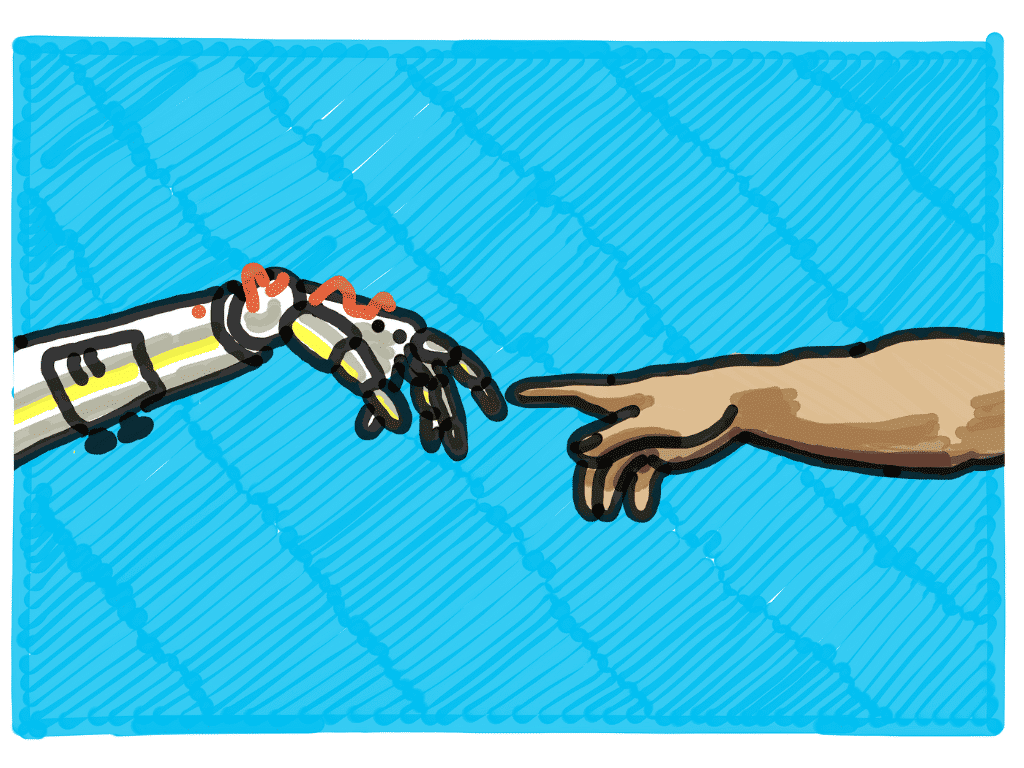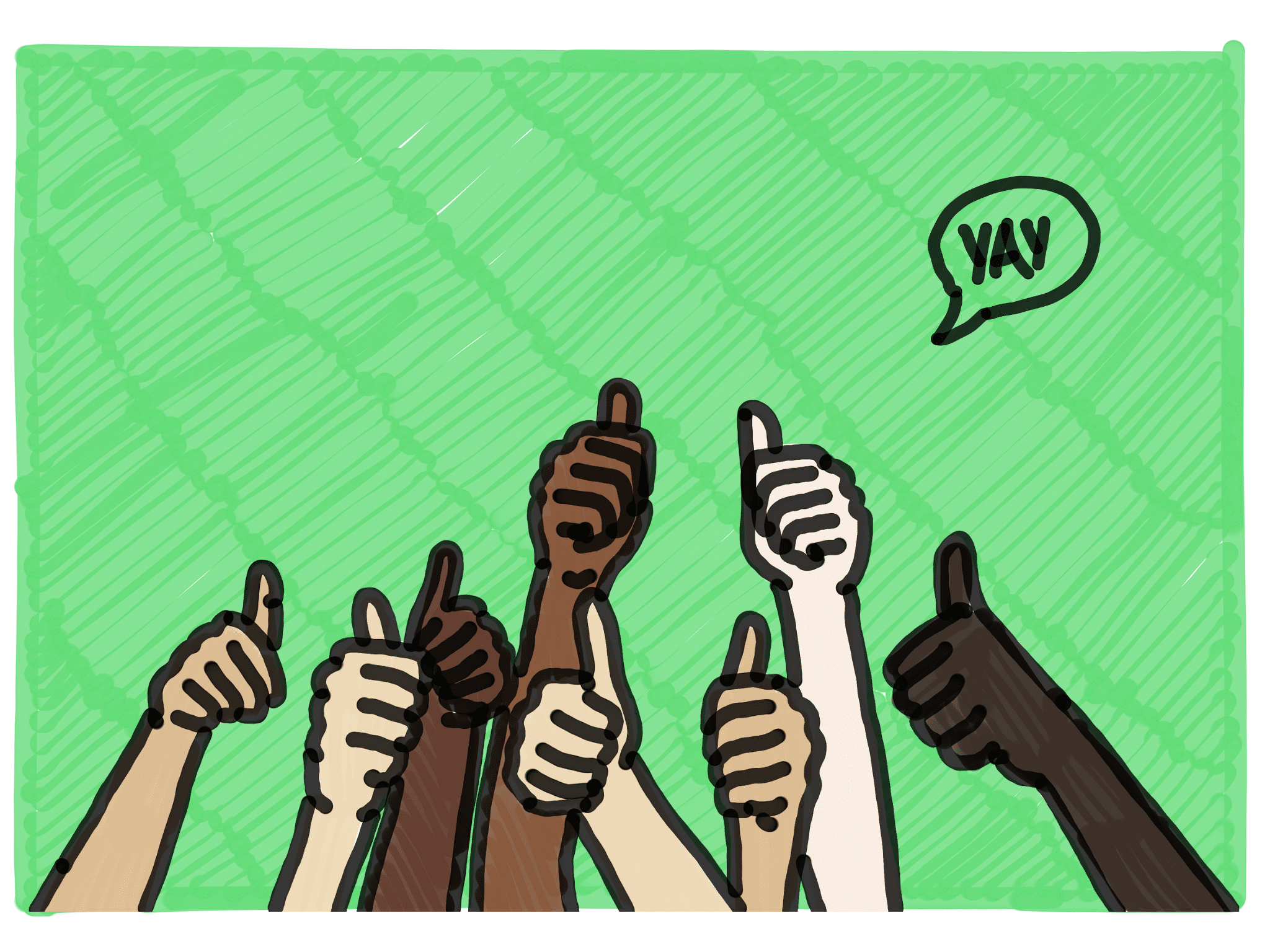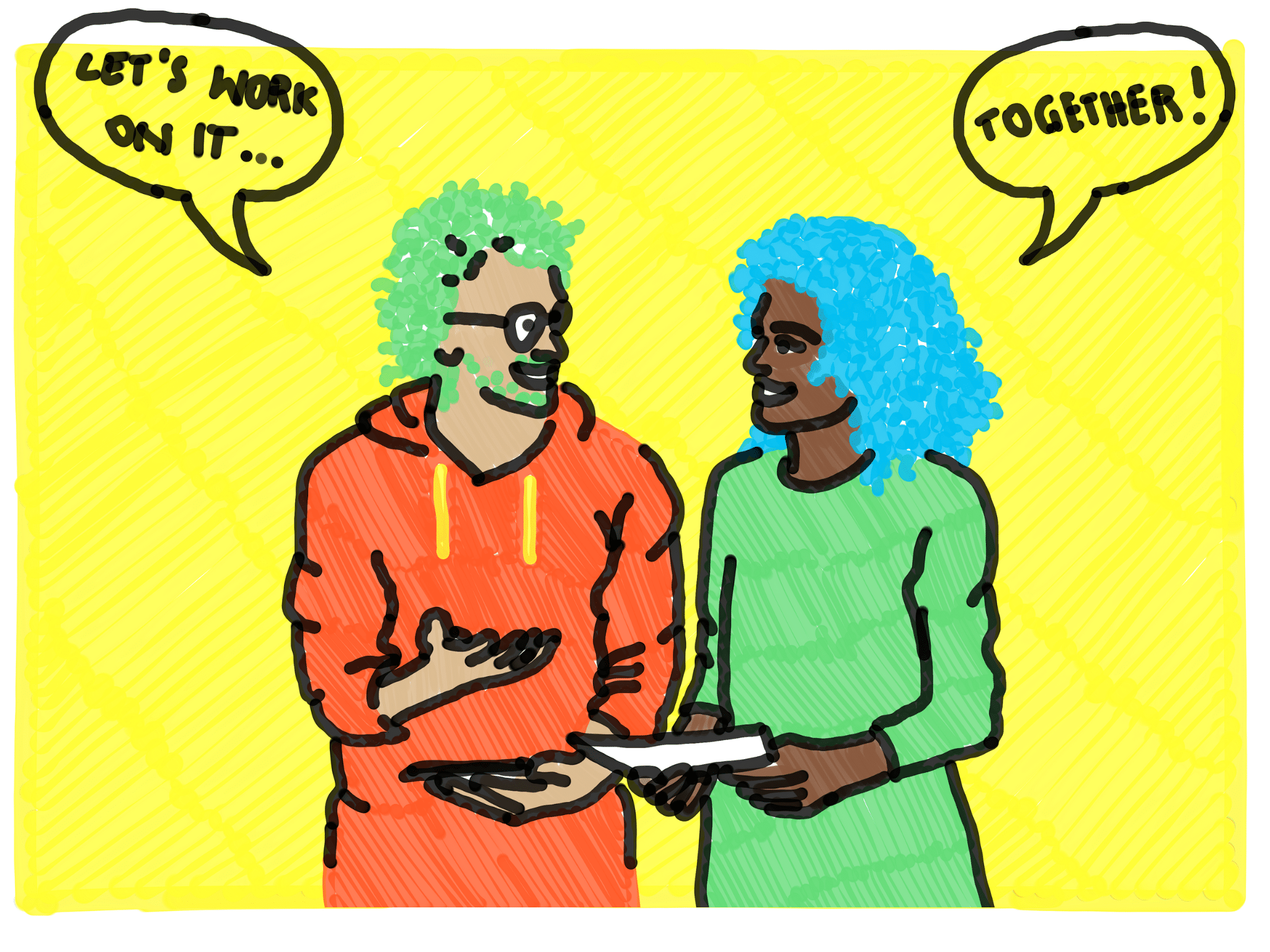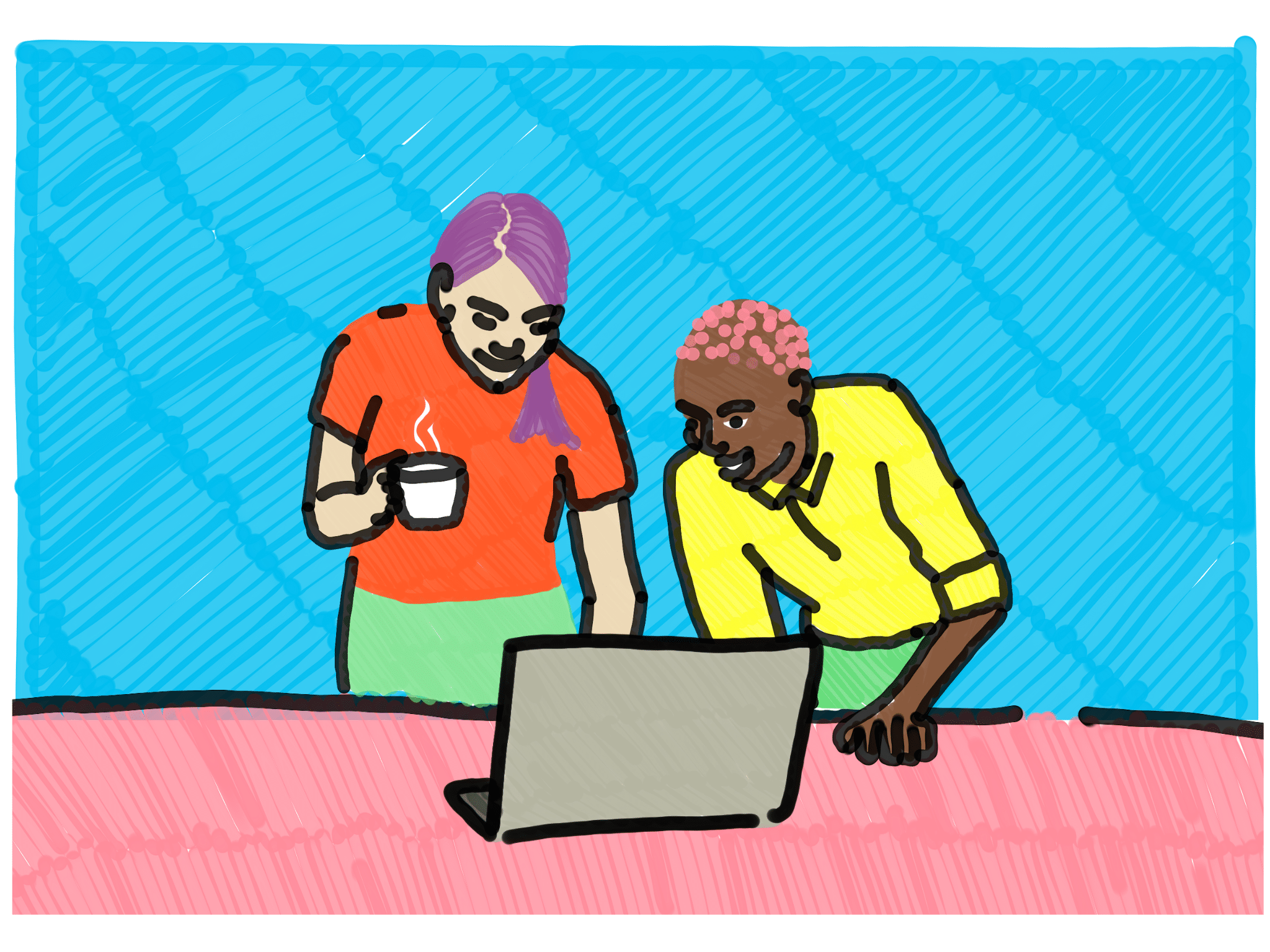How would you describe the corporate culture at the TroGroup?
Daniel Ennsbrunner: Our culture has a lot to do with the fact that we have been around for over 100 years. It has grown over many years, shaped by the owners, but also by long-standing employees.
That’s a lot about appreciation, a strong sense of togetherness and innovative strength within the company. And we want to keep pace with the world.
Even if the stamp is not a digital product, there are always quite exciting use cases and new technologies in production and development.
Tradition and innovation: How do you combine these two?
Daniel Ennsbrunner: This is best seen in our company buildings.
Our company site in Wels was built in the mid-1950s. And right next door, on the site where the owner’s villa used to stand, we recently opened the Walter Just Technical Center.
This creates exciting contrasts and reminds you every day: long history, lots of tradition, but at the same time super modern, forward-looking, innovative.
How much does employee satisfaction play into that?
Isabella Liebing: It’s extremely important.
I believe that the combination of “I’m happy, I feel comfortable, this is my professional home” and “Hey, cool, here I can give it my all” ultimately leads to success.
If you feel comfortable and innovation is also lived and capitalized, then it’s simply the perfect mix.
What does your internal communication look like?
Isabella Liebing: Internal communication often goes by the wayside. teamecho has shown us that it is extremely important to have a good focus on this.
We generally serve different communication channels. Depending on the topic we want to address and the target group.
Our main digital communication medium is the intranet. But we also still have the good old email distribution list for certain topics. Info screens also hang in the canteen in the production area. And there is also a bulletin board where you can quickly get information as you pass by.
But nonetheless, personal sharing of information by managers is still extremely important to us. Be it in individual jour-fixes, team jour-fixes, stand-ups, scrum meetings, store floor meetings or conversations while walking.
Internal communication often goes by the wayside. teamecho has shown us that it is extremely important to have a good focus on this.

Daniel Ennsbrunner: It is important to us that the information gets where it needs to go. And we have to take into account the needs of individual employees.
We have employees who have been with the company for 45 years. They may not have a smartphone either, but still want to know what’s going on so they can be productive.
We have to develop in an evolutionary rather than a revolutionary way in this area. This takes longer, but it is also more sustainable.
How would you describe the feedback culture at your company?
Isabella Liebing: Feedback is extremely important to us. We want to know what’s on our people’s minds and how they’re doing with us.
There are different forms and formats depending on the need and department.
We have the classic appraisal interview, there are development interviews, half-yearly interviews, interviews in the onboarding process, exit interviews, conversations on the walk, etc.
And teamecho. We have now had eight rounds of surveys and collected almost 3,000 comments. And we are very proud of that.
That’s no coincidence: I held training sessions with all managers, with the management, with all employees at the beginning. To clarify how teamecho works, why it’s important to leave comments and how to write a good comment.
We also work on concrete topics together with the managers in the reflection workshops, which are accompanied by Inovato and are really extremely helpful. So far, we have had a total of three appointments with over 40 executives. And it’s incredibly great to see how they exchange ideas, find solutions together and discuss how to carry these results into the team in a goal-oriented way with a comment function.
Feedback is extremely important to us. We want to know what’s on our people’s minds and how they’re doing with us.

Daniel Ennsbrunner: Especially at the management level, we notice an enormous interest in teamecho.
Why? Because as you go up the hierarchy in an organization, the grass usually gets greener. The lonelier you are in your position, the more filtered the information you get.
That’s exactly where teamecho helps. And is enormously well received by our management.
How do we compare to others? Have values changed? Where do we have the biggest issues in our company? How can we address them so that the employees and ultimately we as a company are better off?
You need this higher level, which teamecho offers. There, we then look at results and derive measures that are approved by the management. And that works amazingly well.
The lonelier you are in your position, the more filtered the information you get. That’s where teamecho helps. And is enormously well received by our management.

Isabella Liebing: teamecho also really helps us in HR in our daily work.
Now have the proof for these “soft facts”. Now it says in black and white what issues we should work on.
And you can’t confuse that: This is not a grievance box. Of course, I can write in things where I would like to see improvement.
But it is at least as important to look at what is already working well – in the sense of strengthening strengths.
Now have the proof for these “soft facts”. Now it says in black and white what issues we should work on.

Daniel Ennsbrunner: That was one of the main lessons we learned from the feedback.
We have a high level of satisfaction when it comes to benefits and compensation within the company. You would have the expectation: no matter how well you pay as a company, there’s always room for more. But that was not the issue at all.
And we said: Well, then we’ll just build on that, too. We can take the time to think about how we can become even better in areas where we are already good.
Especially when it comes to benefits, we pay our employees 50% of a supplementary insurance if they want it. At the same time, it is important to us that you stay with us as an employee for a long time. And then we linked that up and said, well, after five years in the company, we’re not paying 50% of the insurance premium, we’re paying 75%.
So we also take what’s going really well and look: How can we make it even better?
Another important theme that came out in teamecho was this desire for social interaction among employees. We want to get out of this Corona lockdown fog again and would like the company to really give us a chance to stand together and exchange ideas.
These encounter zones, which we will now set up in the company, are also a direct result of the teamecho survey.
What's your biggest "aha" moment so far?
Daniel Ennsbrunner: For me, it was actually the acceptance of the feedback by the management. That there really is an honest and sincere interest in facing up to these issues and working on them purposefully.
After all, the day-to-day business will overtake you. We want to manufacture stamping and laser machines first, sell them second – and do so worldwide.
And yet to say we take the time to look at the results regularly and really also see that as a source that we can draw from to get better – that’s not a given.
Isabella Liebing: My biggest “aha” moment was the basis teamecho creates for what I do every day. I was not aware of that.
These soft facts are now simply there in black and white. The fact that this has such an effect – also in the cooperation with the management – that was my aha moment.
And my second aha moment was in the implementation phase and in the phase we are still in. To understand that in a manufacturing company, the white-collar and blue-collar sectors must be served differently. We are always learning there, too.
My biggest “aha” moment was the basis teamecho creates for what I do every day. I was not aware of that.

What tip would you give to a company that doesn't have its own HR department?
Daniel Ennsbrunner: The decisive factor for me is: Walk the talk.
After all, employer branding is not just an advertising event. At the end of the day, you’re in the company and realize: Wait a minute, that’s all nonsense what I’ve been told.
That’s why: Go out with it as it really is, and don’t promise anything you can’t deliver. It has never been so easy to lose employees again.
Isabella Liebing: It is important to be honest, transparent and authentic. Because then people also understand why certain decisions are made.
Yes, I know it’s not always possible for people to talk about everything because certain things are just played out on a level where it’s about secrecy.
But explaining to people, in purposeful language, why what decisions were made, that’s just something you can’t forget.
Fact box
- TroGroup GmbH
- Brand Trodat (*1912): market leader in the field of stamp production
- Brand Trotec (*1997): Market leader in the laser sector
- 2.000+ employees
- 50+ subsidiaries worldwide
- 100+ years of history
Want to dive deeper into the topic? Then check this:

TroGroup & teamecho
Combining tradition and innovation? Let TroGroup show you how it works.






